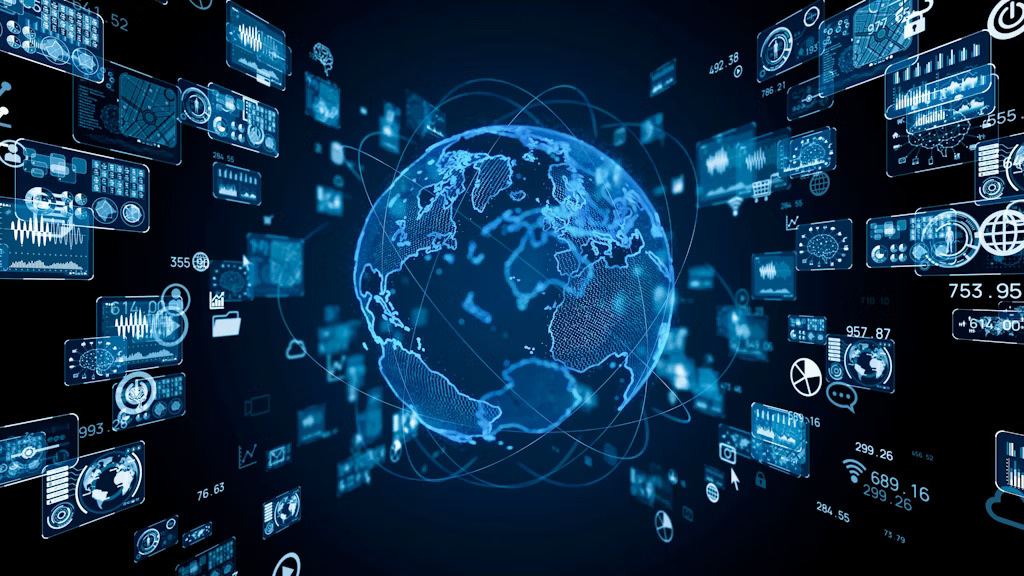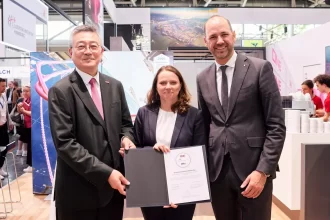As we approach 2025, the supply chain landscape is evolving rapidly, driven by technological advancements and the need for greater efficiency, transparency, and sustainability. This evolution is crucial for organizations aiming to remain competitive in an increasingly complex global marketplace. Five significant trends are poised to reshape supply chains in the coming years: AI and automation, blockchain technology, sustainability initiatives, digital twin technology, and supply chain resilience.
AI and Automation: The New Norm
Artificial intelligence (AI) and automation are becoming essential components in supply chain management. These technologies facilitate enhanced data analysis, predictive analytics, and process automation, enabling organizations to make informed decisions more swiftly. According to a report by McKinsey, companies that harness AI can improve their forecasting accuracy by up to 50%, which directly impacts inventory management and reduces costs
Supply & Demand Chain Executive. As AI continues to evolve, we can expect even greater integration into logistics, procurement, and customer service processes, driving overall efficiency and responsiveness.
Blockchain Technology: Enhancing Transparency in Supply Chain
Blockchain technology is gaining traction in supply chains due to its potential to enhance transparency and traceability. By creating an immutable record of transactions, blockchain allows all stakeholders to access a single source of truth. This technology can significantly mitigate fraud, ensure product authenticity, and streamline processes. According to the World Economic Forum, blockchain could reduce supply chain-related costs by up to $100 billion per year
Supply & Demand Chain Executive. As industries increasingly focus on ethical sourcing and compliance, blockchain will be instrumental in establishing trust among partners and consumers alike.
Sustainability Initiatives: A Necessity, Not an Option
With climate change becoming a pressing global concern, sustainability initiatives are now at the forefront of supply chain strategies. Companies are reevaluating their operations to minimize their environmental impact and meet regulatory demands. This includes adopting greener transportation methods, optimizing resource use, and implementing circular economy principles
Supply & Demand Chain Executive
Supply & Demand Chain Executive. A survey by Deloitte found that 55% of supply chain executives view sustainability as a strategic priority, indicating a significant shift in how businesses approach environmental responsibility
Supply & Demand Chain Executive.
Digital Twin Technology: Virtual Solutions for Real-World Problems
Digital twin technology is emerging as a game changer for supply chains. By creating virtual replicas of physical assets and processes, organizations can simulate various scenarios, enabling them to predict outcomes and optimize operations without real-world implications. This approach allows for better inventory management, maintenance scheduling, and demand forecasting. According to a report from Gartner, the adoption of digital twins in supply chains can lead to a 30% improvement in operational efficiency
Supply & Demand Chain Executive. As companies embrace this technology, they will gain invaluable insights that will drive more informed decision-making.
Supply Chain Resilience: Preparing for the Unexpected
The COVID-19 pandemic underscored the importance of supply chain resilience. Disruptions highlighted vulnerabilities in many organizations, prompting a reevaluation of risk management strategies. Companies are now investing in technologies that enhance visibility and agility, enabling them to respond quickly to unexpected challenges. For example, businesses are utilizing advanced analytics and AI to gain real-time insights into supply chain performance, helping them to adapt swiftly to changing circumstances
Supply & Demand Chain Executive
Supply & Demand Chain Executive. Resilient supply chains are not just about recovery; they focus on proactive strategies that prepare organizations for future uncertainties.
Conclusion
As we look toward 2025, the integration of these five technology trends will play a pivotal role in shaping the future of supply chains. Organizations that leverage AI and automation, adopt blockchain technology, commit to sustainability, utilize digital twin technology, and focus on resilience will be better positioned to thrive in a dynamic business environment. The importance of these trends cannot be overstated; they represent the foundation of a more efficient, transparent, and sustainable supply chain landscape. By embracing these advancements, companies can not only enhance their operational effectiveness but also contribute positively to the global community.







